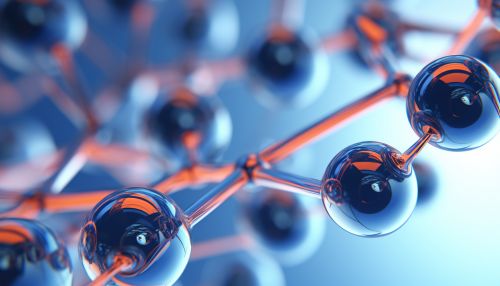Lipid
Overview
Lipids are a group of naturally occurring molecules that include fats, waxes, sterols, fat-soluble vitamins (such as vitamins A, D, E, and K), monoglycerides, diglycerides, triglycerides, phospholipids, and others. The main biological functions of lipids include storing energy, signaling, and acting as structural components of cell membranes.


Classification of Lipids
Lipids can be categorized into eight major classes: fatty acids, glycerolipids, glycerophospholipids, sphingolipids, sterol lipids, prenol lipids, saccharolipids, and polyketides. Each of these classes is characterized by unique structures and functions.
Fatty Acids
Fatty acids are the simplest form of lipids and are the building blocks for many other types of lipids. They are carboxylic acids with long hydrocarbon chains. Fatty acids can be either saturated or unsaturated, depending on the presence of double bonds in the hydrocarbon chain.
Glycerolipids
Glycerolipids, also known as triglycerides, are esters formed from glycerol and three fatty acid groups. They are the main constituents of body fat in humans and other animals, as well as vegetable fat.
Glycerophospholipids
Glycerophospholipids, also known as phosphoglycerides, are glycerol-based phospholipids. They are a major component of all cell membranes as they can form lipid bilayers.
Sphingolipids
Sphingolipids are a complex class of lipids that consist of a sphingoid base backbone. They play important roles in signal transmission and cell recognition.
Sterol Lipids
Sterol lipids, such as cholesterol, are an important class of lipids that serve as a biosynthetic precursor to fat-soluble vitamins and steroid hormones.
Prenol Lipids
Prenol lipids are synthesized from the five-carbon-unit precursors isopentenyl diphosphate and dimethylallyl diphosphate. They include the important class of compounds known as terpenes.
Saccharolipids
Saccharolipids describe compounds in which fatty acids are linked to a sugar backbone, forming structures that are compatible with membrane bilayers. In the saccharolipids, a monosaccharide substitutes for the glycerol backbone present in glycerolipids and glycerophospholipids.
Polyketides
Polyketides are a class of secondary metabolites which are structurally complex. They are often highly active biologically and are the products of mixed polyketide synthase and fatty acid synthase metabolism.
Lipid Functions
Lipids perform three primary biological functions within the body: they serve as structural components of cell membranes, function as energy storehouses, and function as important signaling molecules.
Lipid Metabolism
Lipid metabolism is the synthesis and degradation of lipids in cells, involving the breakdown or storage of fats for energy and the synthesis of structural and functional lipids.
Lipids and Disease
Abnormalities in lipid metabolism can lead to a variety of diseases, including cardiovascular disease, obesity, diabetes, and cancer.
